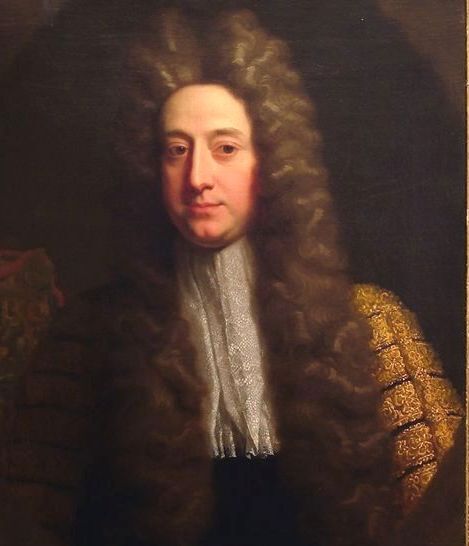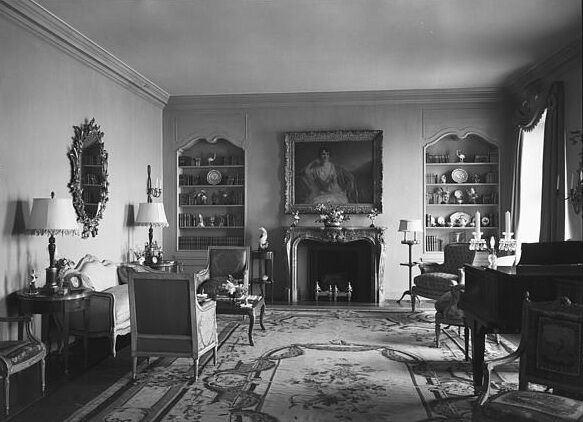EXCLUSIVE MASTERCLASS | FROM OLD TO NEW LUXURY | From Hollywood stars to the late Queen Mother and everything in between with Peter McNeil and Giorgio Riello
Tuesday 3 May 2016, 10:00 AM – 11:30 AM
Modernist ideas minted in the first part of the twentieth century argued for a notion of luxury that transcended intrinsic value: luxuries that were simply not available for all to see, as had happened in the nineteenth century. In the inter-war years a new generation of designers, from Coco Chanel for fashion to Jean-Michel Frank for furnishing, turned their back on the ostentatious exoticism and orientialism of fin-de-siècle taste and reinvented the notion of luxury. The disciplined and severely elegant design of interiors and furniture for trans-Atlantic elites of the 1930s navigated between the poles of post-Bauhaus austerity and neo-Baroque opulence. Frank and Chanel exemplify the period’s ‘chic of poverty’, an expression minted by Cecil Beaton. One might say that the creation of luxury that does not look like such is the very pinnacle of luxury itself: a form of distinction that only those in the know can discern. The idea of purity (of forms but also of moral conduct) might seems at odd with the notion of excess that had characterised luxury over its long history. Yet, in an age in which decoration has become cheap and at the reach of the majority, luxury adopted its diametrical opposite to retain its exclusivity. Taste became a rare commodity that could be bought. The twentieth century therefore shows a distancing from the mere accumulation to a more aestheticised vision of what luxury means and the role that it has in people’s lives.
PETER McNEIL is Professor of Design History at the University of Technology Sydney and Distinguished Professor, Aalto University, Finland. He is the author of numerous publications including ten works on fashion, including the best-selling Shoes, also translated into Italian (with Giorgio Riello 2006; 2011). His new book entitled 'Pretty Gentlemen': Macaroni Men and the Eighteenth Century Fashion World is forthcoming with Yale University Press.
GIORGIO RIELLO is Professor of Global History and Culture and Director of the Institute of Advanced Study at the University of Warwick. He has published extensively on the history of fashion, design and consumption in early modern Europe and Asia and is the coordinator of the Leverhulme-funded ‘The Luxury Network’ , a collaboration between Warwick, the Victoria and Albert Museum, the Museum of Art and Design in New York, and the universities of Bologna, Stockholm and Melbourne. Together with Peter McNeil he recently published a book entitled Luxury: A Rich History (Oxford University Press 2016).
SOLD OUT
About US
Explore
Contact
VISIT
See our VISIT page for hours and directions
BY PHONE
+61 3 9416 2515
BY POST
PO Box 79, East Melbourne VIC 8002
ONLINE
General enquiries
Membership enquiries
Shop
Donation enquiries
Subscribe to E-Newsletter





